Which Childcare First Aid Course Do I Need?

Childcare First Aid Course
There are many different types of childcare first aid courses available, so it can be difficult to know which one is right for you. It is important to choose a course that is accredited and covers all the topics you need. In this blog post, we will explore the different types of courses available and what topics they cover. We will also provide some helpful tips on how to choose the right course for you.
I work in childcare, which course do I need?
Anyone who works in childcare will know that a first aid course is an absolute necessity. There are many different types of first aid courses available, but which one should you choose?
The most important thing to consider when choosing a first aid course is the age group of the children you work with. If you work with babies and toddlers, then you will need a different course than if you work with older children.
Most first aid courses will cover basic life support, such as CPR, but there are also specific courses available for dealing with choking and other emergencies. It is important to make sure that the course you choose covers all of the topics that you feel confident dealing with.
Once you have considered the age group of the children you work with, it is time to think about your own level of experience. If you are a new childcare worker, then it is advisable to choose a beginner’s course so that you can learn the basics before moving on to more advanced topics. However, if you have previous experience or qualifications in first aid, then you may want to consider an advanced course.
Finally, think about where the course will be held and how long it will take. There are many courses available online, which can be completed at your own pace, or in a classroom setting over a weekend or longer period of time. Choose a course that fits around your commitments so that you can complete it without too much disruption to your work schedule.
Is there more than one childcare first aid course?
There are a few different types of childcare first aid courses available, each with its own specific focus. It is important to choose the right one for your needs.
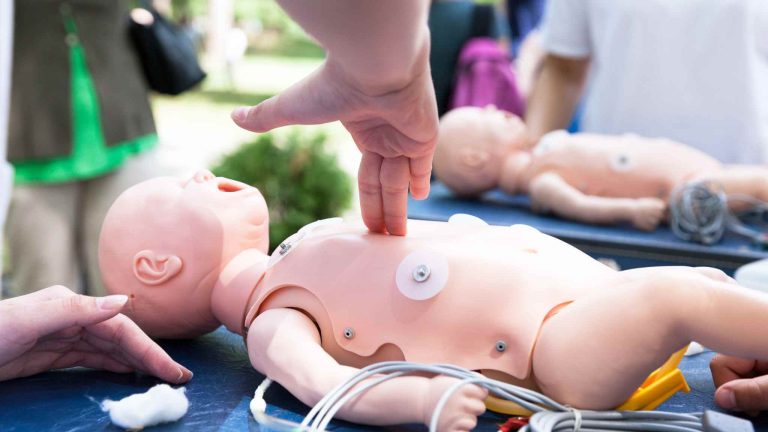
The most common type of course is the HLTAID012 Provide First Aid In An Education Or Childcare Setting. This covers basic first aid and CPR skills and is suitable for those who work in childcare settings.
Another popular option is our Non-accredited Baby First Aid Course. This is more comprehensive than the emergency course and covers a wider range of topics such as how to deal with choking, asthma attacks, and seizures. This course is ideal for those who work in preschools or other settings where children are present.
Finally, there is the Anaphylaxis and Asthma first aid course. This focuses specifically on how to manage anaphylactic reactions in children and is essential for those who work with children who have allergies.
Is there a specific baby first aid course?
There are a number of different types of childcare first aid courses available, but there is not specifically a baby first aid course. The type of course you will need will depend on the age group of the children you work with. There are courses available for childcare providers who work with infants, toddlers, and school-aged children.
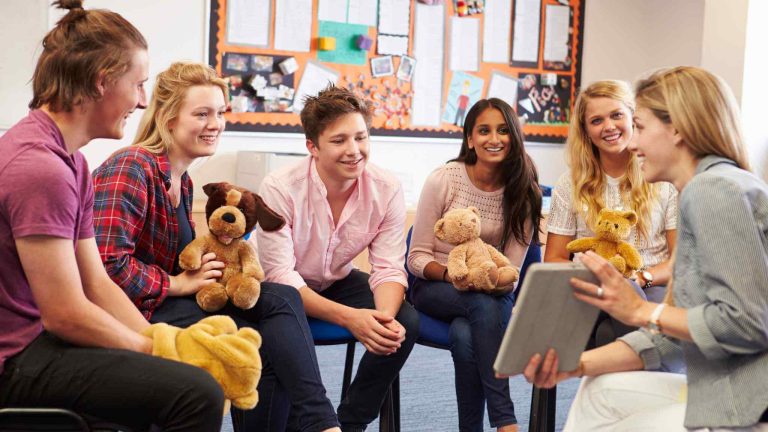
What does childcare first aid involve?
The most important thing to remember about childcare first aid is that it is not just for children. First aid for childcare also involves adults who work with children, including babysitters, nannies, and daycare providers.
Childcare first aid generally covers the same topics as standard first aid, but with a focus on how to deal with common childhood injuries and illnesses. Basic CPR and choking procedures are usually included, as well as how to deal with cuts, scrapes, bruises, and burns.
In addition to covering basic first aid techniques, most childcare first aid courses also teach adults how to prevent accidents and injuries in the first place. This can include everything from choosing safe toys and playground equipment to creating a safe environment in the home or childcare centre.
Is the childcare first aid course a legal requirement?
It is a legal requirement for all workplaces to have adequate first aid supplies, an area to perform first aid and a certain number of people qualified as accredited first aiders. The number of people who need to be qualified onsite depends on the industry.
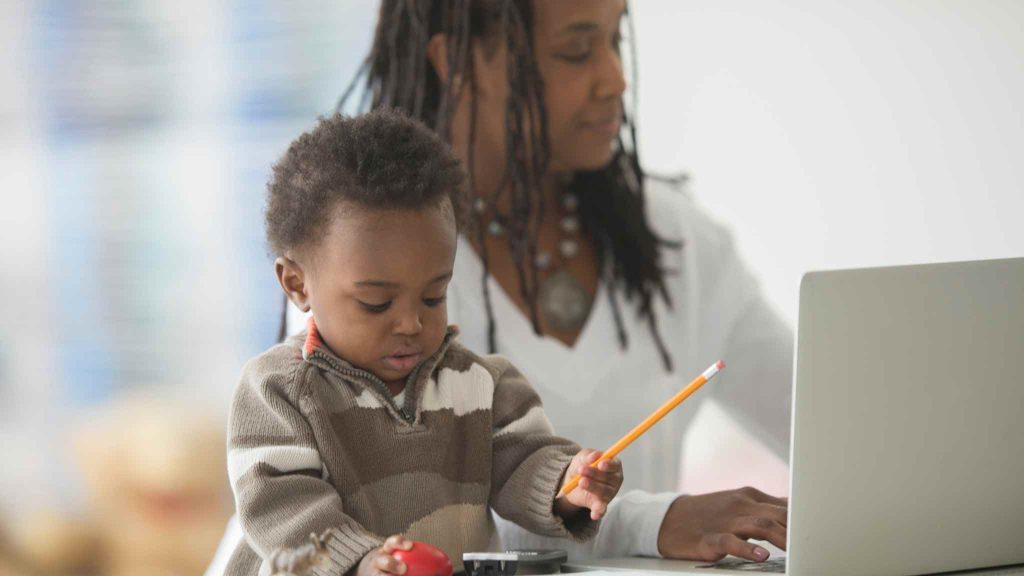
For example, if you are working in a daycare or other type of childcare setting, having a first aid certification can give parents peace of mind that their children will be safe in your care. In addition, if an emergency does occur, you will be better prepared to handle it if you have had some training in first aid.
While the decision of whether or not to take a childcare first aid course is ultimately up to you, it is something that you may want to consider, especially if you are working with children on a regular basis.
Will my work pay for my childcare first aid course?
If you work in a childcare setting, it is likely that your employer will pay for your childcare first aid course. This is because they are required by law to have a specific number of staff who are trained in first aid. If you are the only member of staff who is trained in first aid, your employer may require you to complete a more comprehensive course like the HLTAID012 provide first aid in an education and care setting.
Will you teach our childcare first aid course onsite?
Yes, we can teach your childcare first aid course onsite. We will work with you to determine the best time and location for the training. We run courses Australia wide and we need as little as 6 people in a group to run a course.

Can I do my childcare first aid course online?
You can complete most of your childcare first aid course online, followed by a 1-2 hour face to face assessment. There are a number of benefits to completing part of your course online, including the ability to complete this part of the course at your own pace and in your own time. Additionally, online courses are often more affordable than face-to-face courses.
When choosing an online childcare first aid course, it is essential to ensure that it is accredited and recognised. Additionally, check that the content of the course is up-to-date and relevant to your needs.
Basic first aid for childcare
If you are providing childcare, it is important to have basic first aid knowledge in case of an emergency. Knowing what to do in a medical emergency can mean the difference between life and death.
There are many different types of first aid courses available, but not all of them cover childcare specifically. If you are looking for a course that will cover basic first aid for childcare, here are a few things to look for:
The course should cover CPR and choking procedures for infants and children.
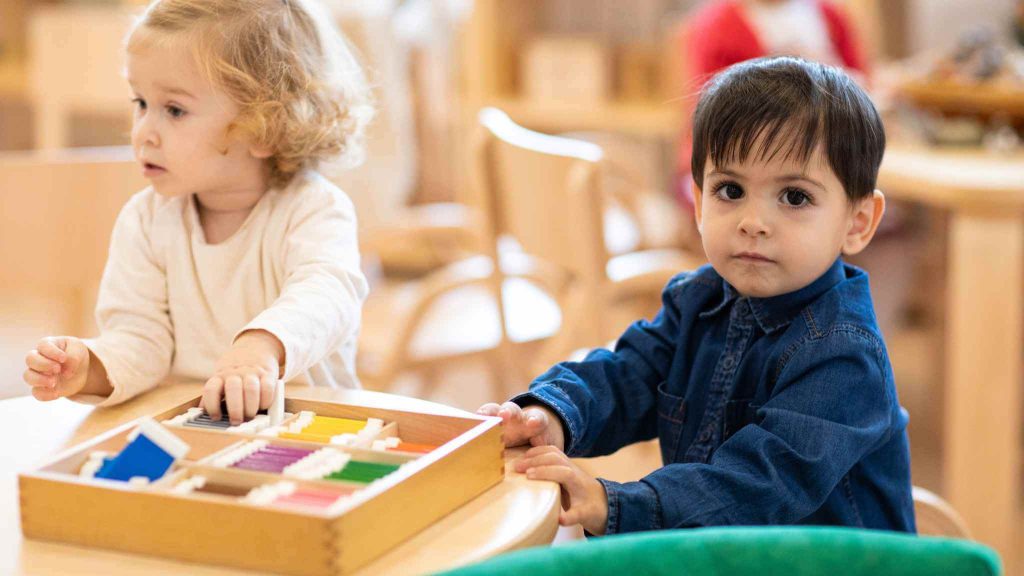
It should also cover basic First Aid procedures such as dealing with cuts, bruises and burns.
The course should also teach you how to deal with common childhood illnesses such as colds, fevers and diarrhea.
Finally, the course should also provide information on what to do in more serious medical emergencies such as broken bones, seizures and head injuries.
Pediatric first aid for childcare
When it comes to providing first aid to children, there are a few key considerations that need to be kept in mind. First and foremost, it is important to remain calm in any situation.
Children can easily sense when an adult is feeling panicked or scared, and this can exacerbate any existing medical condition. Secondly, it is important to have a basic understanding of pediatric physiology.
This will help ensure that any first aid measures taken are appropriate for the child’s age and size. Finally, always err on the side of caution when providing first aid to a child. If there is any doubt about the severity of an injury or illness, it is better to seek professional medical help than to try to treat the problem oneself.
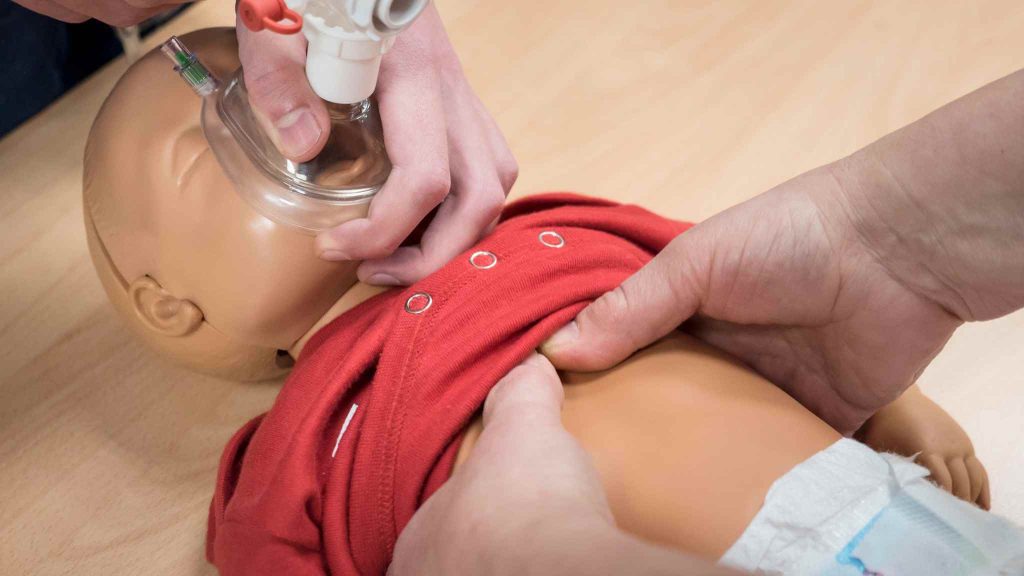
The most common pediatric emergencies that require first aid are choking, bleeding, burns, and fractures.
First aid for choking involves using a particular technique to dislodge an object from the child’s throat.
For bleeding, it is important to apply pressure to the wound and elevate the affected limb if possible.
Burns should be cooled with running water for at least twenty minutes, and then a sterile dressing should be applied.
For fractures in a small child, it is important to immobilize the injured limb using splints or other improvised devices.
In all cases, if the child does not improve after initial treatment has been provided, professional medical help should be sought as soon as possible.

Infant and child CPR
When it comes to infant and child CPR, there are a few key things to keep in mind.
First, it is important to ensure that the infant or child is lying on their back on a flat hard surface.
Second, you will need to place your fingers or hand (depending on the age/size of the child) on their chest, just below the nipple line.
Third, press down firmly and continuously in the centre of the chest at a rate of 100-120 compressions per minute.
Fourth, if you are trained in CPR and have an AED available, you may use it on children
Fifth, if the child starts coughing or vomiting, you will need to turn them onto their side to prevent them from aspirating.
First aid for choking infants and children
If your infant or child is choking, it is important to act quickly and calmly. First, try to dislodge the object by using the recomended techniques of chest thrusts and back blows. If that does not work, call 000 and begin CPR if the child stops breathing.
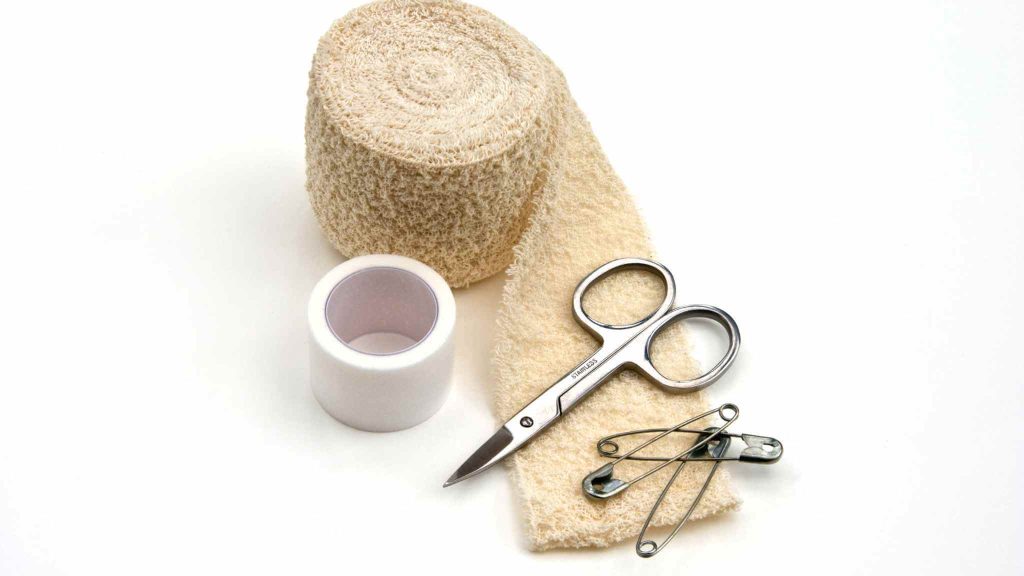
AED used for infants and child
AED use for infants and children:
First, it is important to understand that in order for an AED to be effective, CPR must be performed first. That said, there are certain cases where an AED may be used on an infant or child before CPR is started.
If an infant or child is unresponsive and not breathing, it is important to start CPR as soon as possible, then the AED may be used. It is important to follow the instructions on the AED carefully. Most AEDs have special pads that must be used when treating a child.
If you are not trained in how to use an AED, it is important to call 000 as soon as possible so that someone who is trained can come and help.
Are there childcare first aid courses near me?
We run group childcare first aid courses Australia-wide. Contact us today about your childcare centre or school, and we will give you a quote on the same day. If you find our course cheaper somewhere else, let us know and we will beat it by 10%!
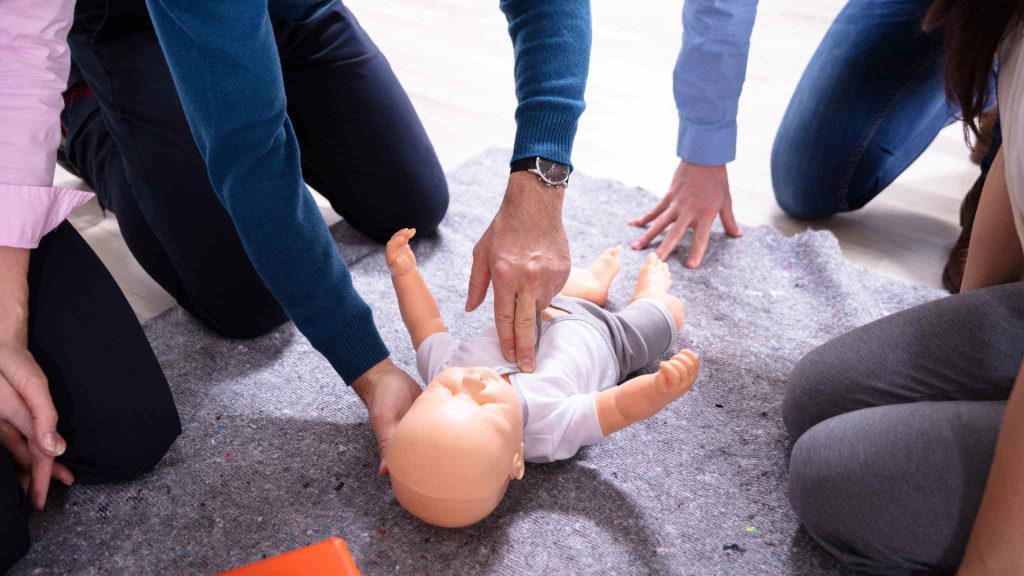
While there are many different types of childcare first aid courses available, choosing the one that is right for you and your needs is important. We hope that this article has helped you understand the different dlivery types of the courses available and what each one covers. Remember, when it comes to choosing a course, always make sure to do your research so that you can find the one that is best suited for you.
Want more? We’ve got you covered…
Our Baby First Aid Courses
Our baby first aid courses are available in person in your home and online. We run classes in your home with groups of 2, 4 or up to 10 in Sydney & Melbourne and you can book in 3 easy steps!
- Pick your class
- Follow the prompts to purchase
- We will contact you within 24 hours to lock in your date of choice
Our First Aid Certificate Courses
We run most of the popular first aid courses Australia wide. HLTAID011 Provide First Aid, HLTAID009 Provide CPR, HLTAID012 Provide First Aid in an Education & Care Setting, RAMOAP (anaphylaxis), Mental Health first aid and CPR/LVR to name a few.
Book your public spot online or contact us if you have a group of 5+ people for onsite training.
Here are some other resources you may enjoy!
FREE GUIDE: Your Virtual Baby First Aid Kit
FREE GUIDE: Introducing Common Allergy Foods & Allergic Reactions
FREE Workplace Emergency Preparedness Plan: Grab this at the bottom of every page!
Follow for baby & child first aid and allergy info and tips on Instagram & TikTok, all @thenestcpr
